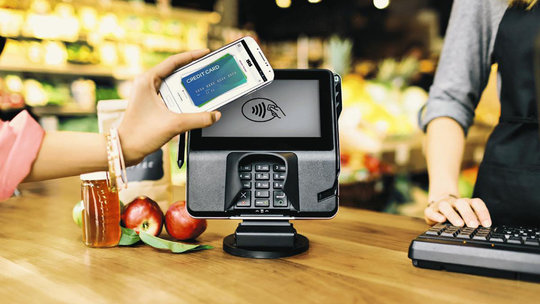A Tale of Traveling Overseas With Apple Pay
For those of us who use Apple Pay in the U.S. today we know it can be hit or miss as far as merchant acceptance and the overall user experience goes. When Apple Pay first launched there were only 220,000 Near Field Communication (NFC) Point of Sale (POS) terminals in the U.S., which represented less than 2% of all U.S. payment devices. Since then companies like USA Technologies announced plans to add 200,000 vending machines and parking meters to list of payment terminals accepting NFC. Its also being reported that the majority of new POS terminals shipped in the U.S. are shipped NFC capable, and that by 2019 over 75% of POS terminals in the U.S. could accept NFC.
Acknowledging that the U.S. NFC market is still maturing, I really wanted to try out Apple Pay in a country where NFC acceptance has matured. Would the user experience be more consistent than in the U.S., and would you see more ubiquitous acceptance of Apple Pay for your most common everyday purchases? A recent trip back home to Australia to visit family and friends helped provide me some insights.
The Australian marketplace is very different to the hyper-competitive U.S. marketplace. Ironically, the 4 big Australian banks (NAB, ANZ, Westpac, and Commonwealth Bank) which control over 90% of Australian bank accounts are stalling Apple’s launch of Apple Pay in the U.S. over the projected A$2B in additional fees the service would cost them. These Australian banks have already invested heavily in issuing their customers Visa PayWave and MasterCard PayPass contactless credit and debit cards as a standard. The “big 4” also control most of the merchant acceptance business in Australia, so they are better position to ensure ubiquitous acceptance of NFC payments across Australian retailers.
And while Australia mandated a move to chip-and-PIN for all Australian issued credit and debit cards last year, this only applies to purchases exceeding A$100. Australian supermarkets are reporting that over 70% of their transactions are contactless requiring no PIN which speeds up the checkout process for the retailer and the customer.
Although Apple Pay hasn’t launched in Australia, I did have a lot of success using Apple Pay across a wide array of Australian retailers. Most retailers I visited accepted a contactless NFC payment, and the user experience was more consistence since the POS hardware was pretty much the same at all retailers. I did notice a few confused looks as I waved my iPhone at the POS terminal in lieu of a contactless card, especially at self-checkout lanes.
My experience proved to me that the issue Apple Pay and other NFC-based payment platforms face in the U.S. really stems from a lack of consistent retailer acceptance of contactless payments. If the projections for U.S. NFC acceptance are accurate, then Apple Pay and other NFC platforms have a bright future ahead.





Post A Comment:
0 comments: